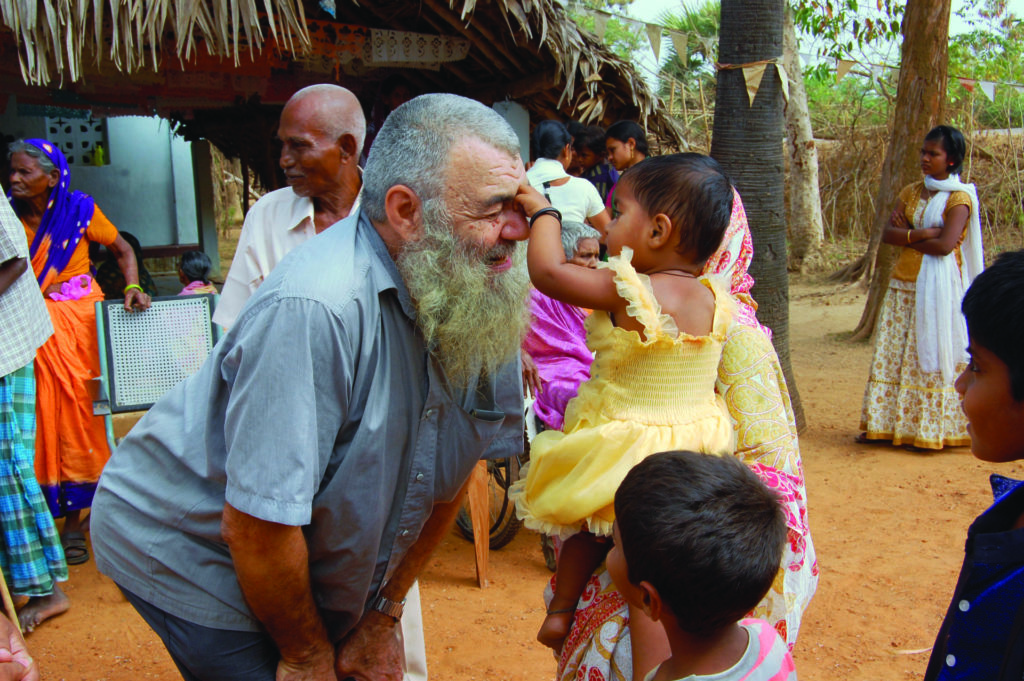India
Location:
India is the largest country in South Asia. The word “Indian” comes from Sindhu, a local name for the Indus River.
Language:
India has 1,653 dialects. There are about 24 languages that are spoken by more than a million people. India today recognizes 14 spoken languages as official: Hindi, Bengali, Telugu, Marathi, Tamil, Urdu, Gujarati, Malayalam, Kannada, Oriya, Punjabi, Assamese, Kashmiri, and Sindhi. Sanskrit, the classical language of northern India, is also an official language. English is widely used for national, political, and business purposes.
Common Religions:
About 80% of Indians are Hindus. India, however, prides itself on the freedom of religion guaranteed by its constitution. Religious minorities include Muslims Christians Sikhs, Buddhists and Jains. Other religious groups include Jews, Parsis (Zoroastrians), and animistic tribal peoples. The practices and beliefs associated with Hinduism vary by region, and from person to person. It is often said that Hinduism is not a religion but a way of life.
There are over 19.9 million Catholics in India, which represents around 1.55% of the total population (the Catholic Church is the largest Christian church within India.)
Problems for people here:
Hinduism, and a more recent Extremist Hinduism, has led to problems in the rural areas of the country with religious minorities being beaten and sometimes killed. Rural populations are generally extremely poor and without medical care or infrastructure of any sort. One major aspect of Hinduism that influences Indian society is the caste system. The system divides people into four categories: Brahmans (priests and scholars), Ksatriyas (warriors and rulers), Vaisyas (traders and farmers), and Sudras (servants and artisans). However, many Indians fall outside the four categories and are referred to as Untouchables, the lowest caste. Despite much of the country being very modern and advanced, much of the country still suffers from illiteracy, inadequate sewage disposal, contaminated drinking water, and poor nutrition. The drastic wage gap in some places of the country only exasperates these issues for the poor.
How PIME helps the mission here:
Education and housing services that meet Street Children where they live have come a long way in helping to integrate these lost kids into orphanage situations and started on a real education. These services are available to any and all orphans, and provide a real education plan for children in the big cities. In the rural communities, PIME runs a trade school that educates youth in carpentry and other applicable skills that they can use to make a living. PIME also has Leprosy colonies where Lepers live in communion and their children are given an education that is free of the prejudice and stigma that is associated with being the family members of Lepers. Many of the programs that PIME is associated with have given lost kids an education while maintaining their dignity; this has led to many successful students going on to live their lives with fully-fledged careers.

